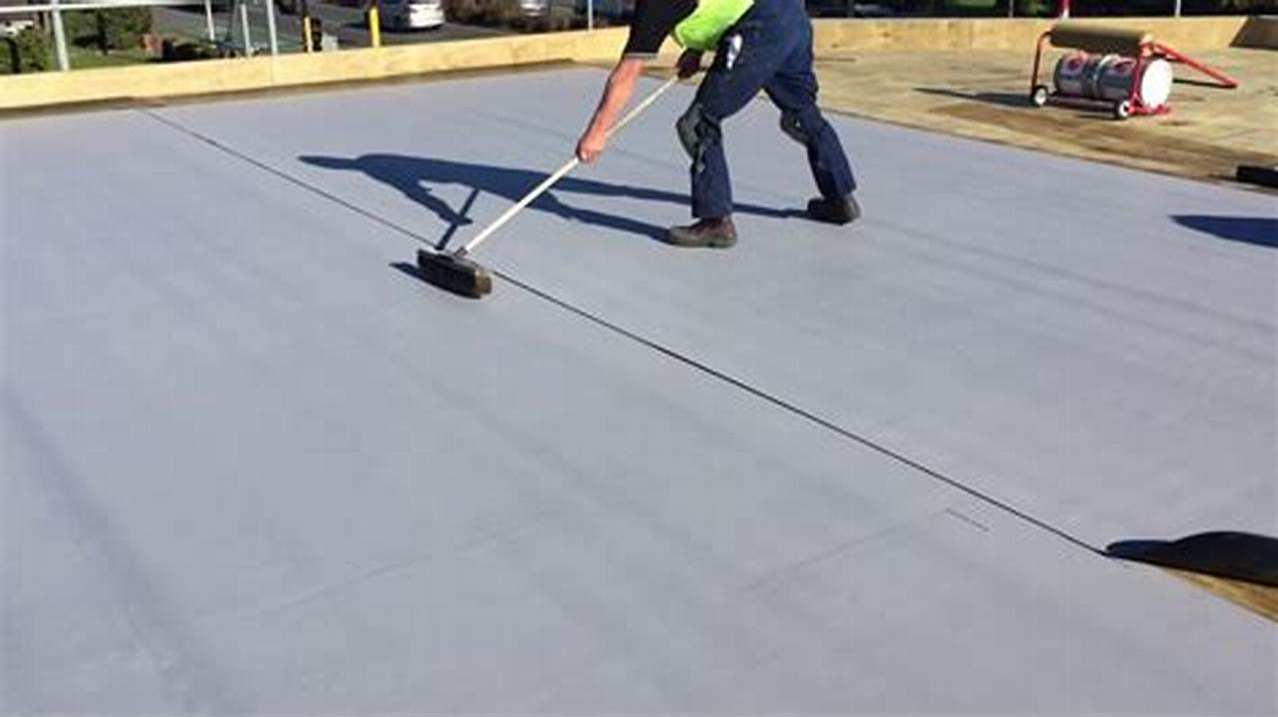As a reputable contracting service provider in Pittsburgh, Pennsylvania, Pittsabana understands the importance of effective roofing and guttering solutions for residential and commercial properties. While TPO (Thermoplastic Olefin) roofing has gained popularity in recent years, it is crucial to highlight the potential issues associated with this roofing material. In this article, we will delve into the problems with TPO roofing and compare it to other roofing options such as EPDM rubber and PVC membranes. We will also address concerns related to TPO vs. EPDM rubber and TPO vs. PVC flashing, debunking the notion that TPO roofing is cheaper than PVC.
Failed Promise of TPO Roofing
TPO roofing was introduced as a promising solution for its durability, energy efficiency, and cost-effectiveness. However, over time, several issues have come to light, which have raised concerns among homeowners and roofing professionals alike.
Lack of Long-Term Performance: TPO roofing has been reported to have premature failures, compromising its promised lifespan. Problems such as seam failures, membrane shrinkage, and cracking have been observed, leading to leaks and water infiltration.
Vulnerability to Weathering: TPO membranes have shown susceptibility to weathering, especially in extreme climates. UV radiation, heat, and freeze-thaw cycles can cause the material to degrade and become brittle over time, reducing its overall performance and lifespan.
Inconsistent Quality Control: The market for TPO roofing has seen an influx of manufacturers, resulting in varying product quality. In some cases, subpar materials and inadequate manufacturing processes have led to premature failures and compromised roof integrity.
TPO Roofing vs. EPDM Rubber vs. PVC Membranes
To better understand the problems with TPO roofing, it is essential to compare it to alternative roofing materials commonly used in the industry. EPDM rubber and PVC membranes are two popular options often considered alongside TPO.
TPO Roofing vs. EPDM Rubber: EPDM (Ethylene Propylene Diene Monomer) rubber roofing has been a trusted choice for many years. It offers excellent resistance to UV rays, weathering, and ozone exposure. In comparison, TPO roofing’s vulnerability to weathering and premature aging may make EPDM a more reliable option.
TPO Roofing vs. PVC Membranes: PVC (Polyvinyl Chloride) membranes are known for their exceptional durability and longevity. PVC roofing systems have a proven track record of withstanding harsh weather conditions and maintaining their performance over extended periods. When compared to TPO, PVC membranes may offer better resistance to weathering, reducing the likelihood of premature failures.
TPO vs. PVC Flashing
Flashing is a critical component in roofing systems, responsible for preventing water penetration at vulnerable areas such as roof transitions, penetrations, and edges. The choice of flashing material is crucial to maintaining the overall integrity of the roof.
TPO Flashing Details: TPO flashing details are essential for proper installation and to prevent water intrusion. However, due to the reported issues with TPO roofing, special attention must be given to the selection and installation of flashing components to ensure a watertight seal.
TPO Flashing Membrane: The TPO membrane used for flashing should be carefully evaluated to ensure it possesses the necessary durability and weather resistance. Regular inspections and maintenance are recommended to identify any potential weaknesses or failures in the flashing system.
TPO Metal Flashing: The use of metal flashing with TPO roofing systems can introduce compatibility issues. Metals, such as copper or aluminum, can react with TPO membranes, leading to accelerated degradation and potential leaks.
Proper selection of compatible materials is crucial to avoid such problems.
TPO Edge Flashing: Edge flashing is particularly susceptible to issues such as membrane shrinkage and inadequate adhesion. To mitigate these problems, professional installation techniques and appropriate edge flashing materials should be employed.
TPO Roofing Is Not Cheaper Than PVC
One of the selling points of TPO roofing has been its perceived affordability compared to other roofing materials. However, it is important to consider the long-term costs associated with premature failures, repairs, and potential replacements.
Lifetime Cost Analysis: While TPO roofing may have a lower upfront cost, the need for repairs or premature replacement can quickly offset the initial savings. PVC roofing, with its proven durability, may offer better long-term value due to its extended lifespan and minimal maintenance requirements.
Return on Investment: Investing in a high-quality roofing system is essential for protecting your property and avoiding costly repairs. While TPO roofing may seem economical at first, the potential problems and associated expenses could result in a diminished return on investment compared to PVC or other reliable roofing materials.
Conclusion
When considering roofing options for your property, it is crucial to be aware of the potential problems associated with TPO roofing. While TPO systems were once heralded for their promised benefits, issues such as premature failures, weathering vulnerability, and inconsistent quality control have raised concerns. By comparing TPO roofing to alternatives like EPDM rubber and PVC membranes, it becomes evident that there are more reliable and durable options available. Additionally, debunking the misconception that TPO roofing is cheaper than PVC highlights the importance of considering long-term costs and return on investment when making roofing decisions. For your roofing and guttering needs in Pittsburgh, Pennsylvania, Pittsabana offers effective solutions that prioritize quality, durability, and customer satisfaction.



